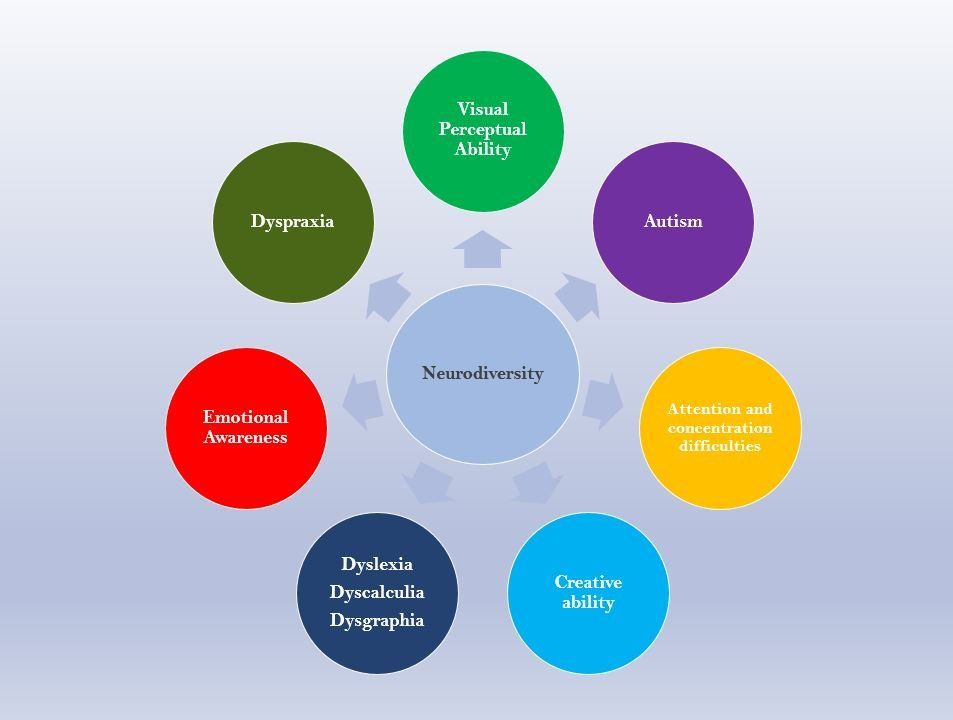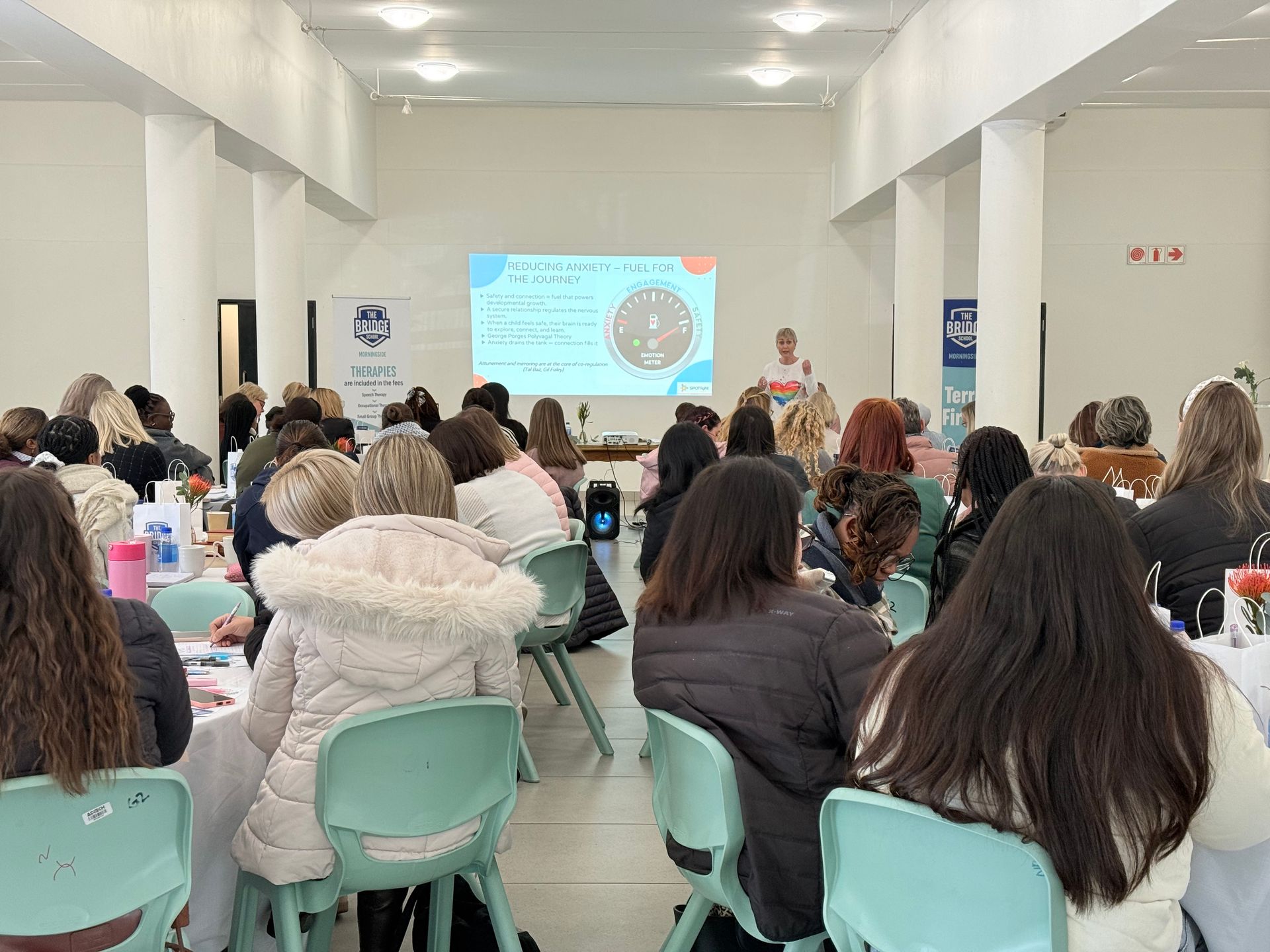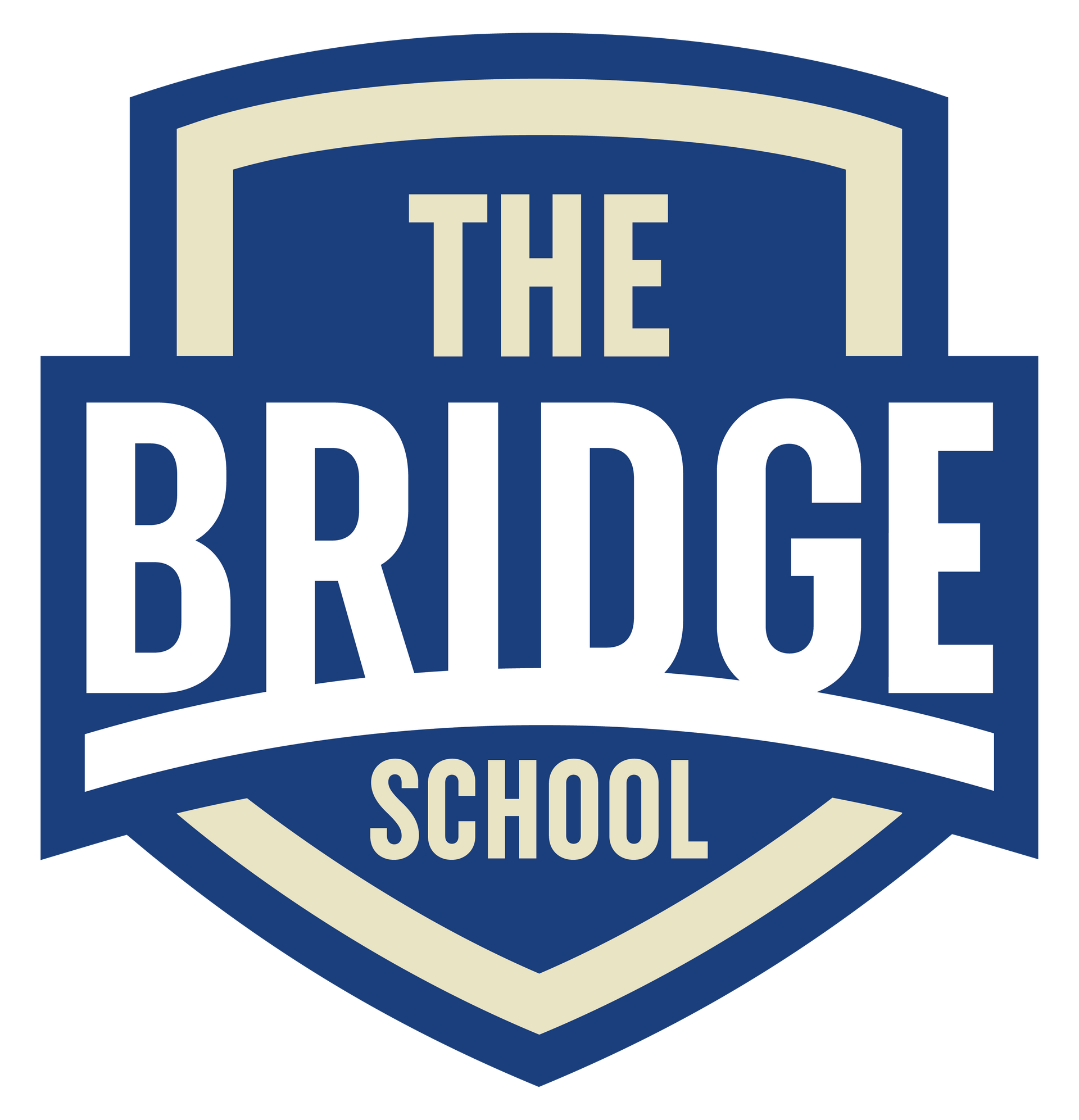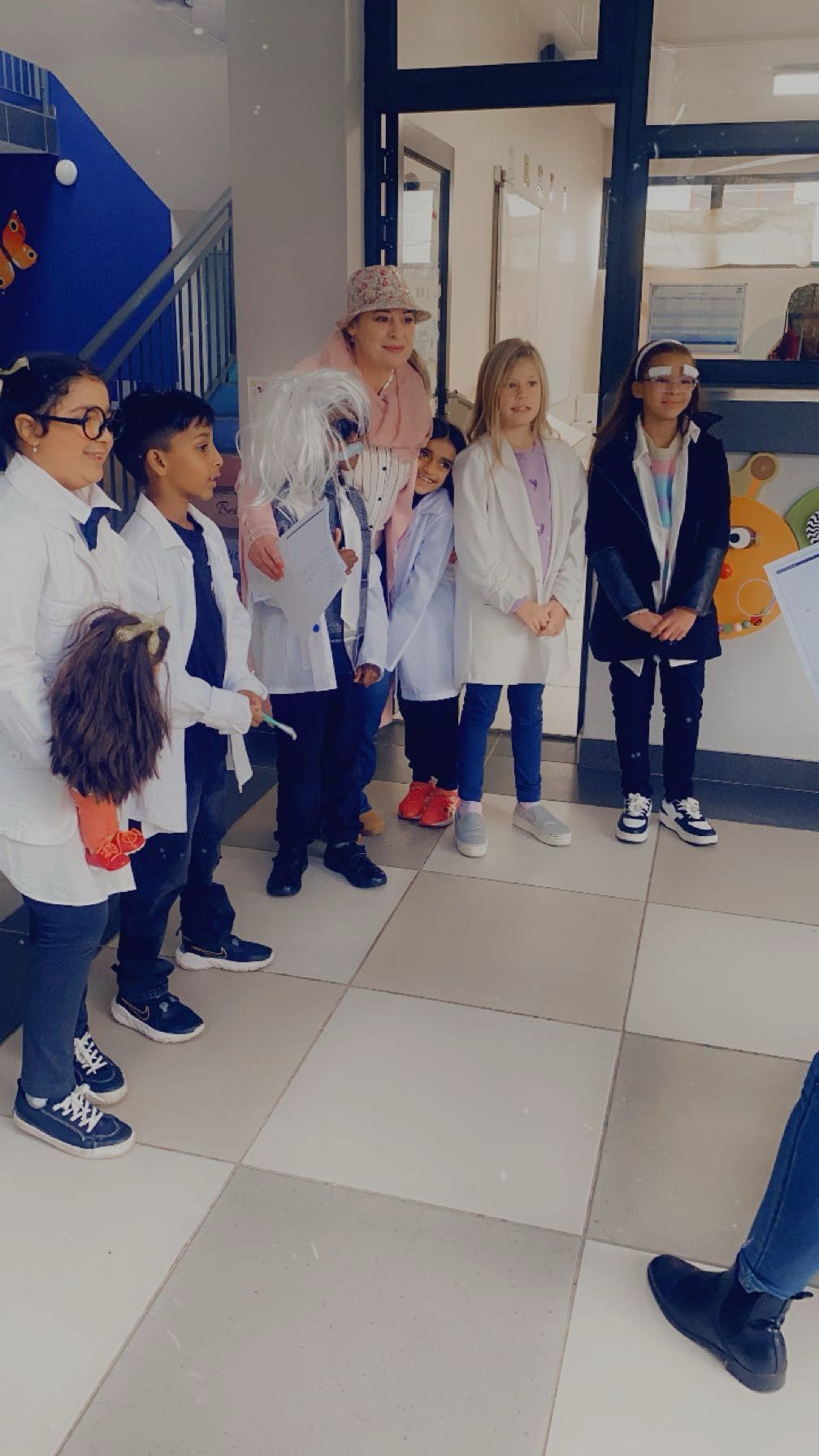Neurodiversity Assisted Learning School
What does assisted learning mean?
The child will still follow a mainstream curriculum, but will be assisted in the following ways:
1. The manner of the teaching of a lesson.
2. The experience or qualifications of the teacher.
3. Accommodations or concessions: Reader, scribe, extra time, prompt, devices – apps.
Neurodiversity
Neurodiversity is an approach to learning and disability that argues that diverse neurological conditions are the result of normal variations in the human genome. Neurological differences should be recognized and respected as a social category on a par with gender, or sexual orientation. Neurological variations are a vital part of humanity, as much as variations in size, shape, skin colour, and personality. Should we tell a person with limited learning potential that there is no place for them in this world? Should we tell a person with strong learning potential that there is no place for them?
What process is followed to identify an appropriate learner for a learning-assisted environment?
Extensive evaluation by an Educational Psychologist in order to identify:
1. Learning potential.
2. Barriers to learning.
3. Possible areas of intervention for the learner.
Interview with parents in order to discover their journey to date.
Visitation of a number of days at our school to establish social interaction, emotional development, behaviour/coping development.
Feedback to the parents and child.

Neurodiversity in the school environment
By following a Neurodiverse approach at our school, our students with learning and thinking differences benefit greatly. Our goal is to ensure that our approach will allow for an individual style, rather than trying to fit the child into another person’s style. It is therefore a massive part of our educational approach that we eliminate or at least reduce greatly, the outdated stigmas and perceptions around learning and thinking differences.
What is the difference between a learning-assisted environment and a strictly remedial environment?
A remedial environment may include a facilitator.
A remedial environment could include a change in curriculum.
A learning-assisted environment does not include facilitators.
A learning-assisted environment always follows a mainstream curriculum: Caps, IEB, etc.
The rainbow infinity symbol, which denotes neurodiversity












